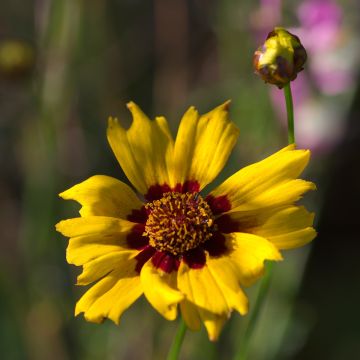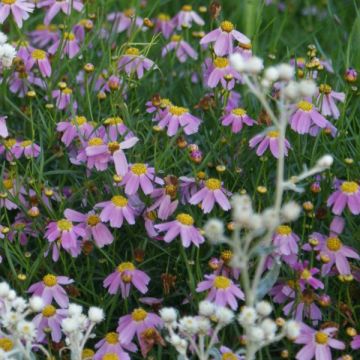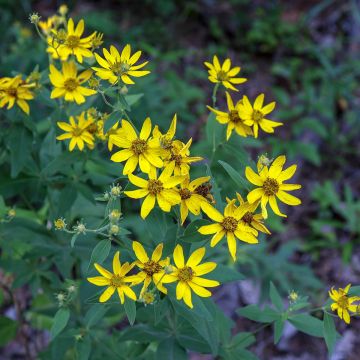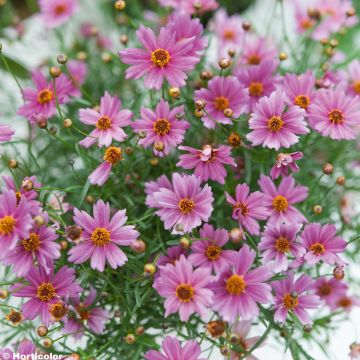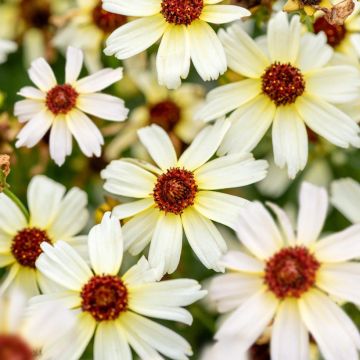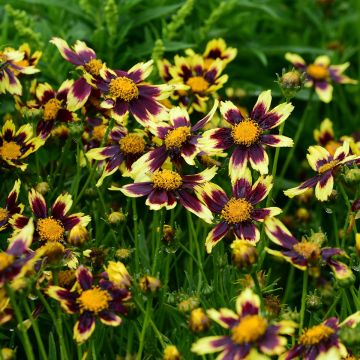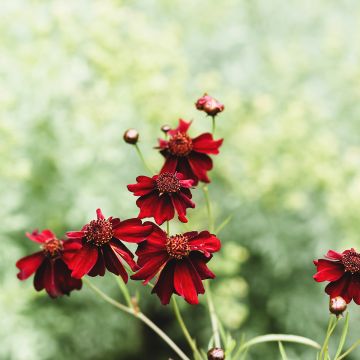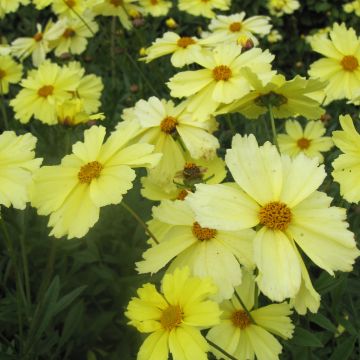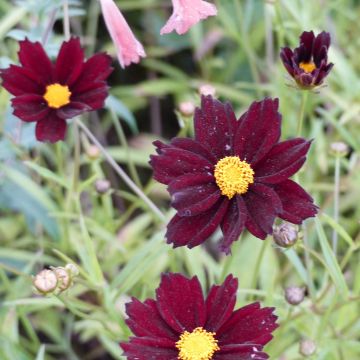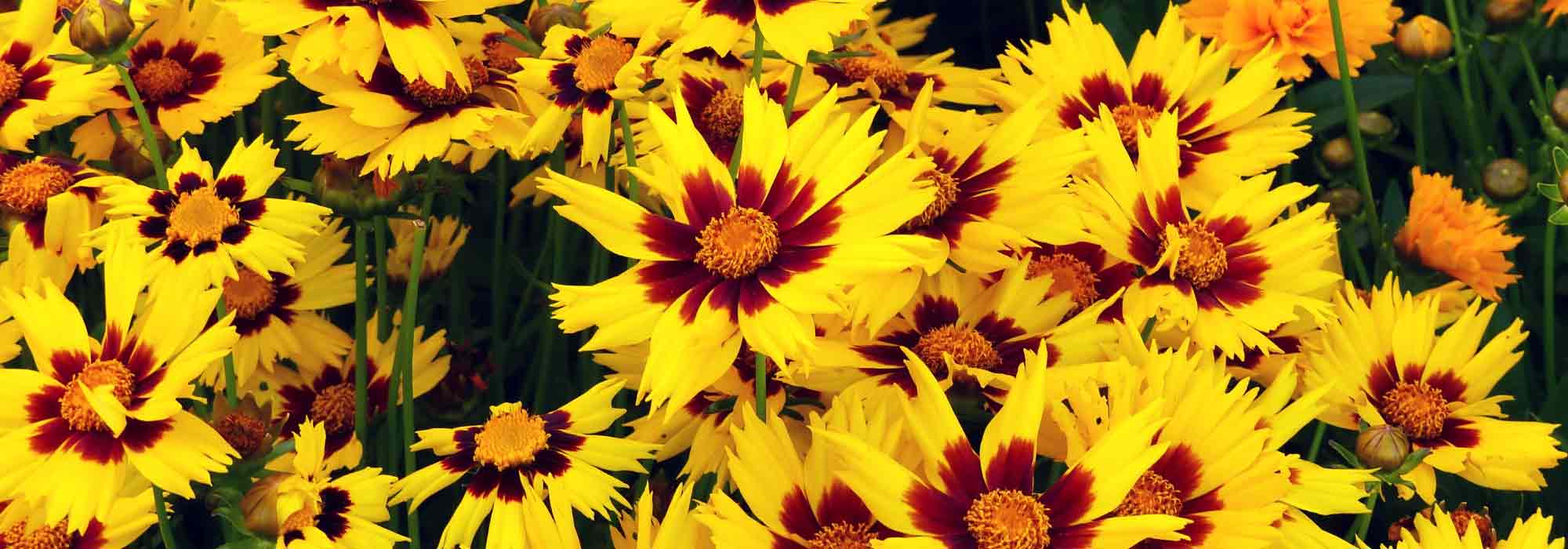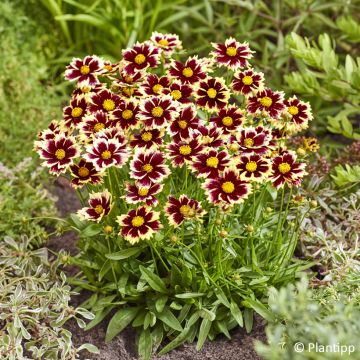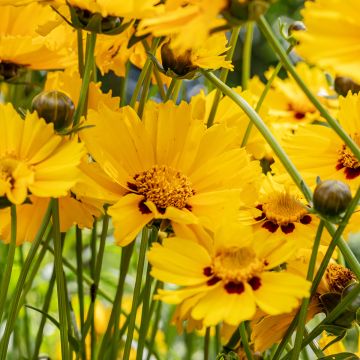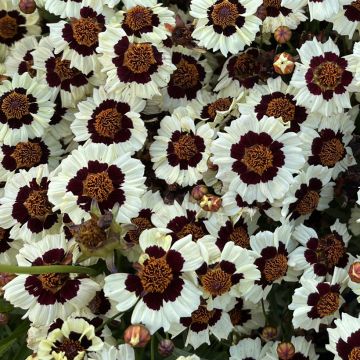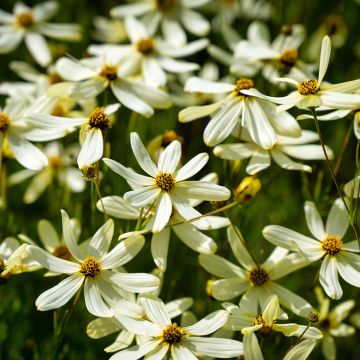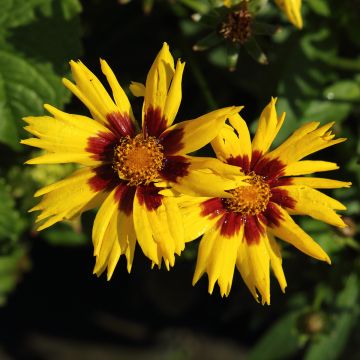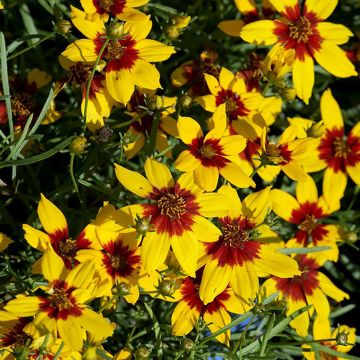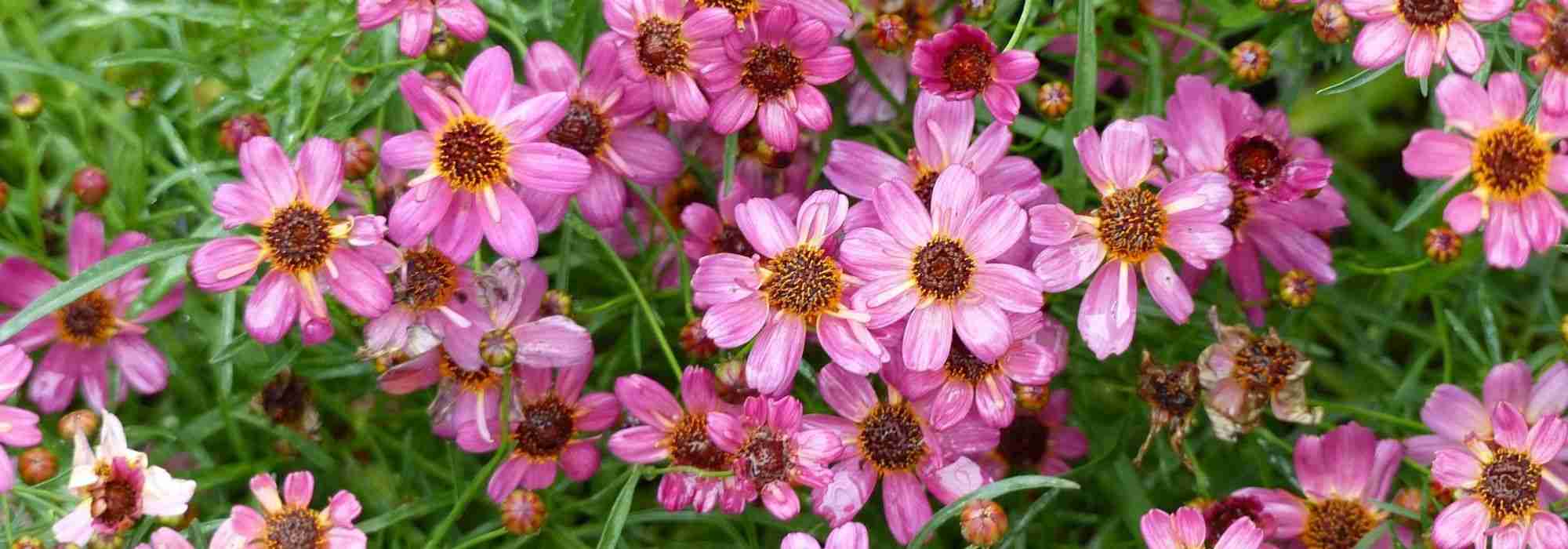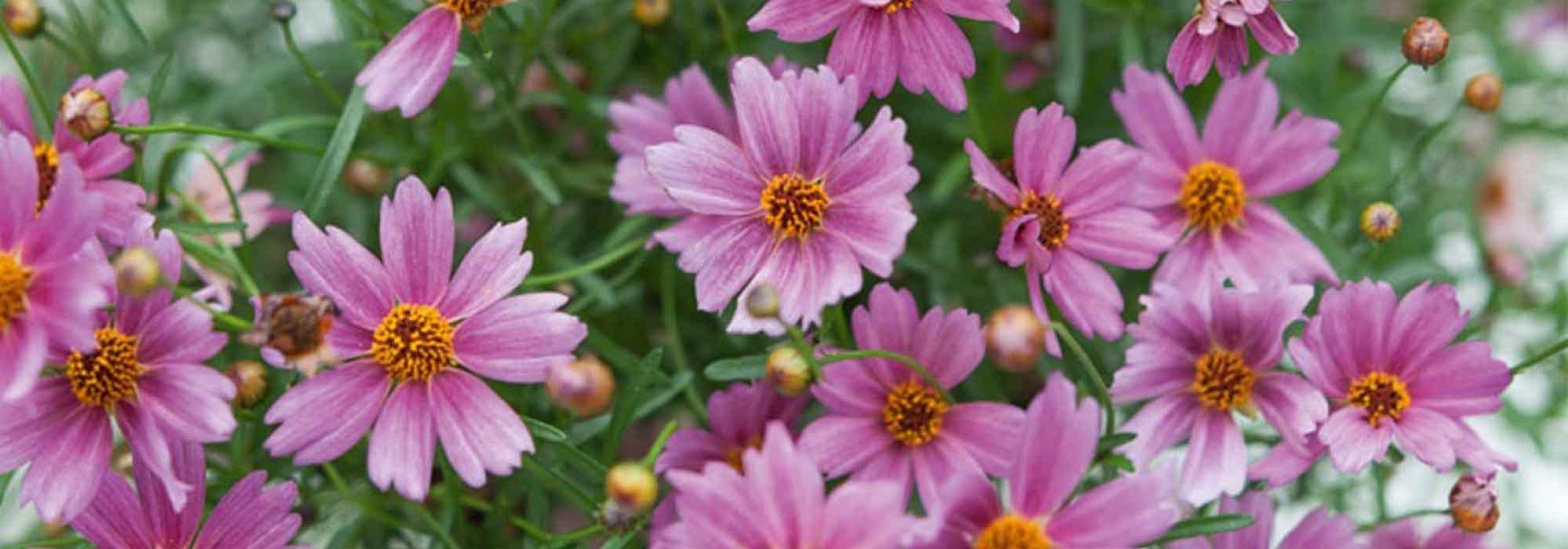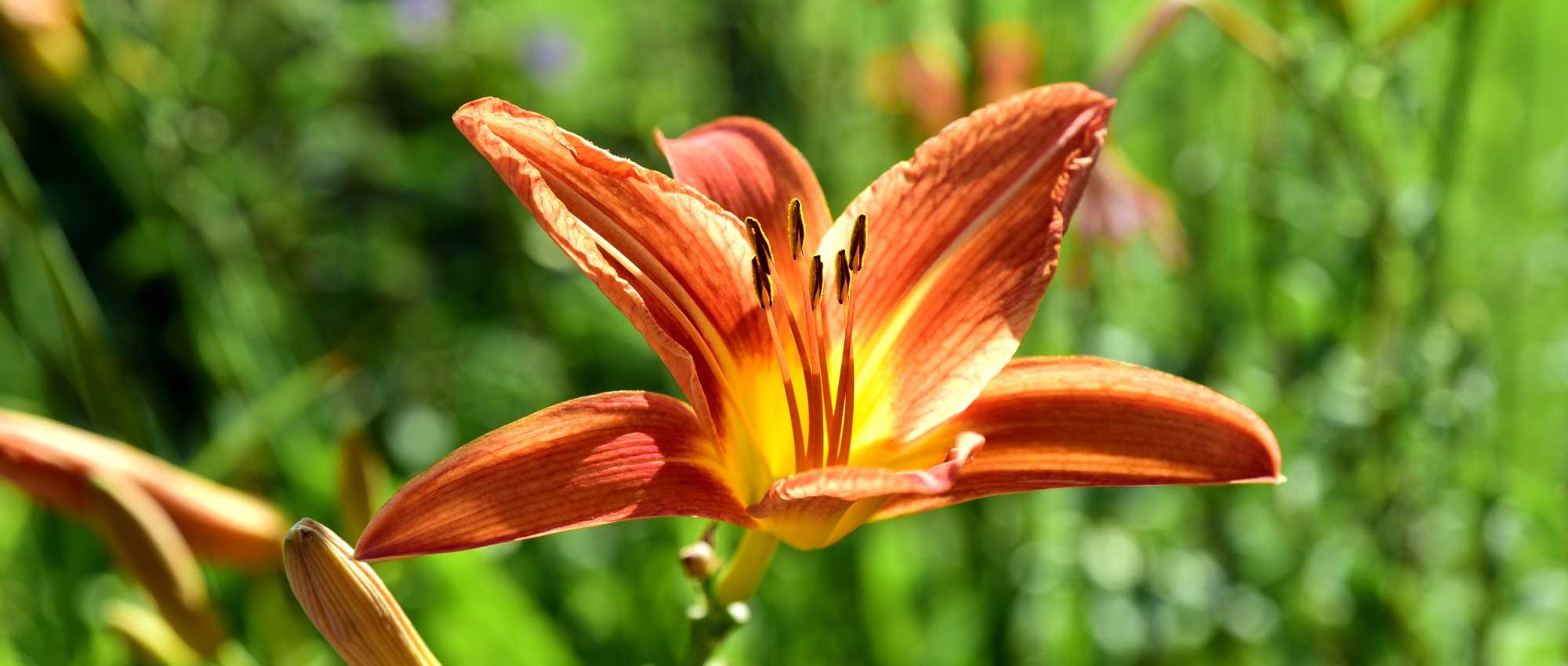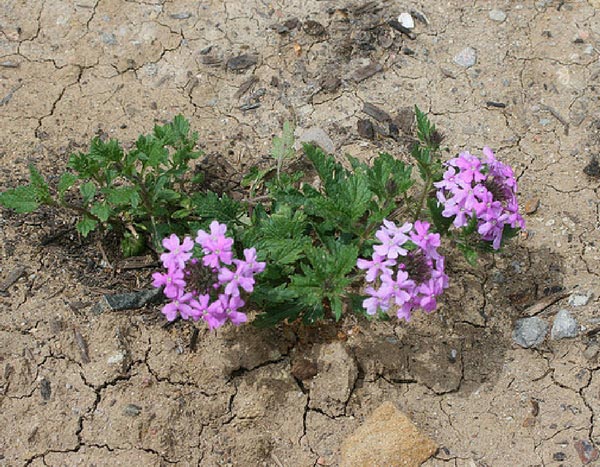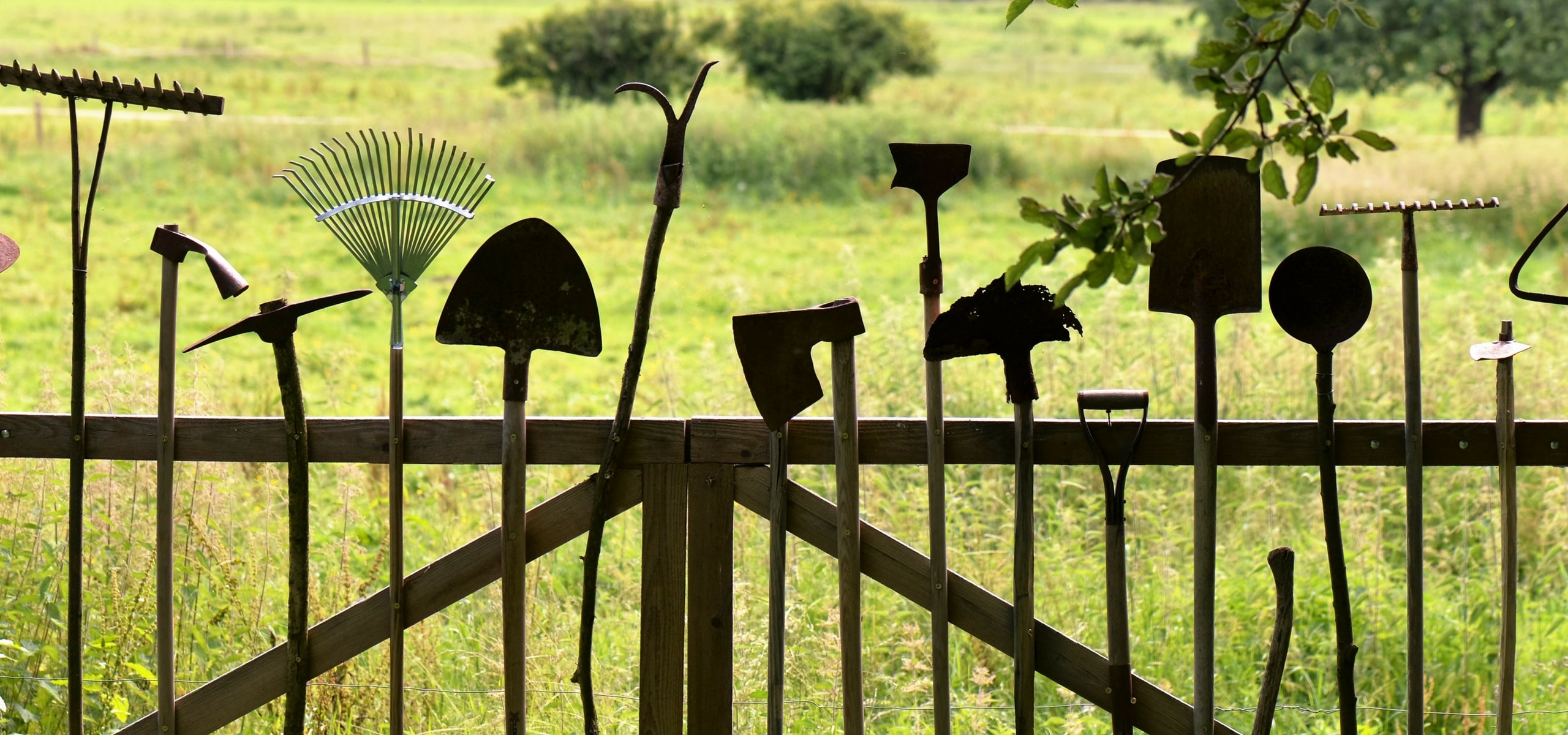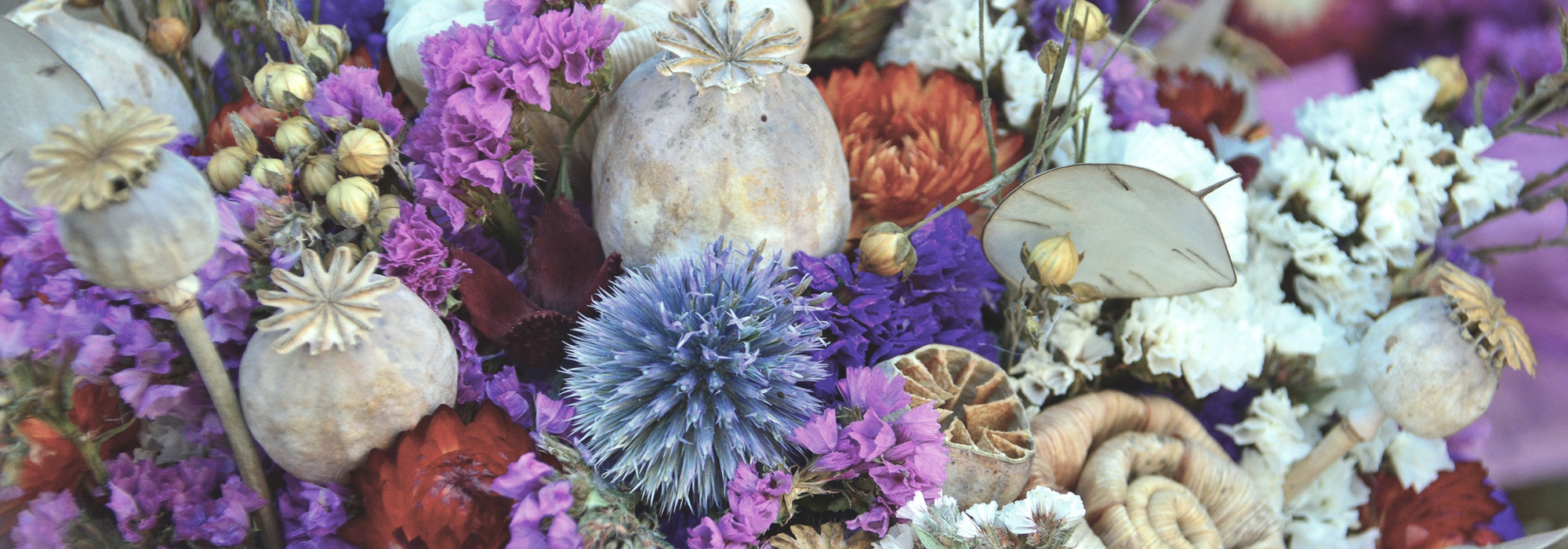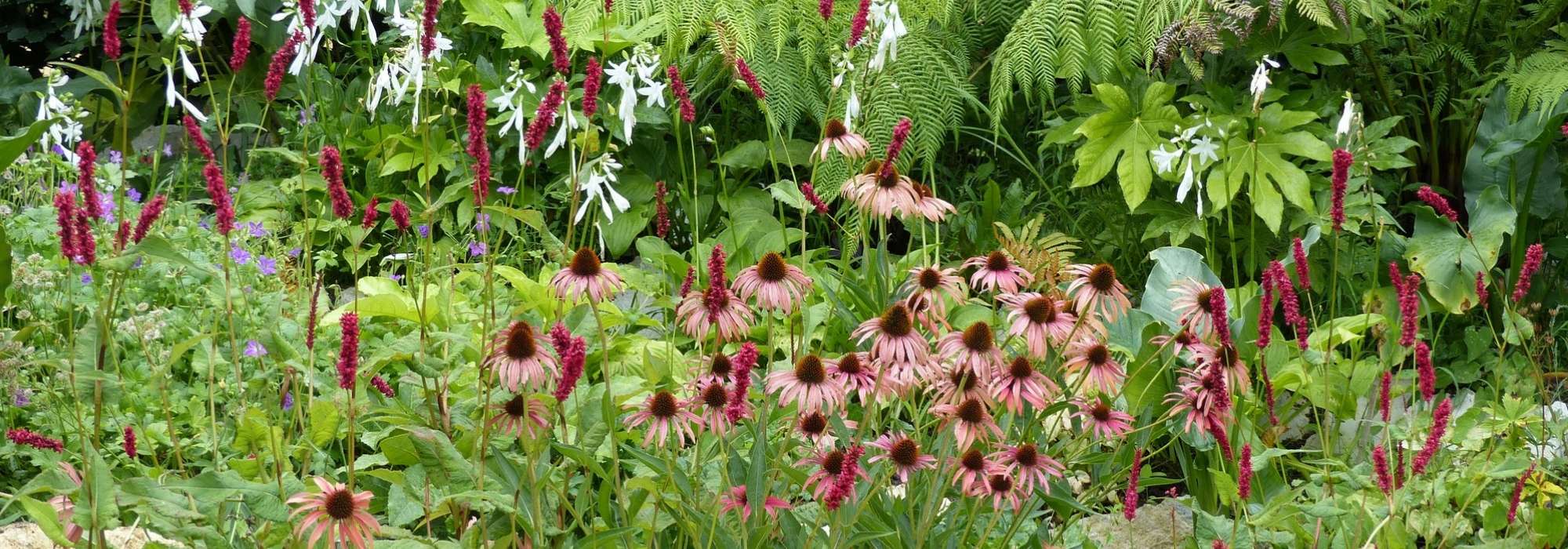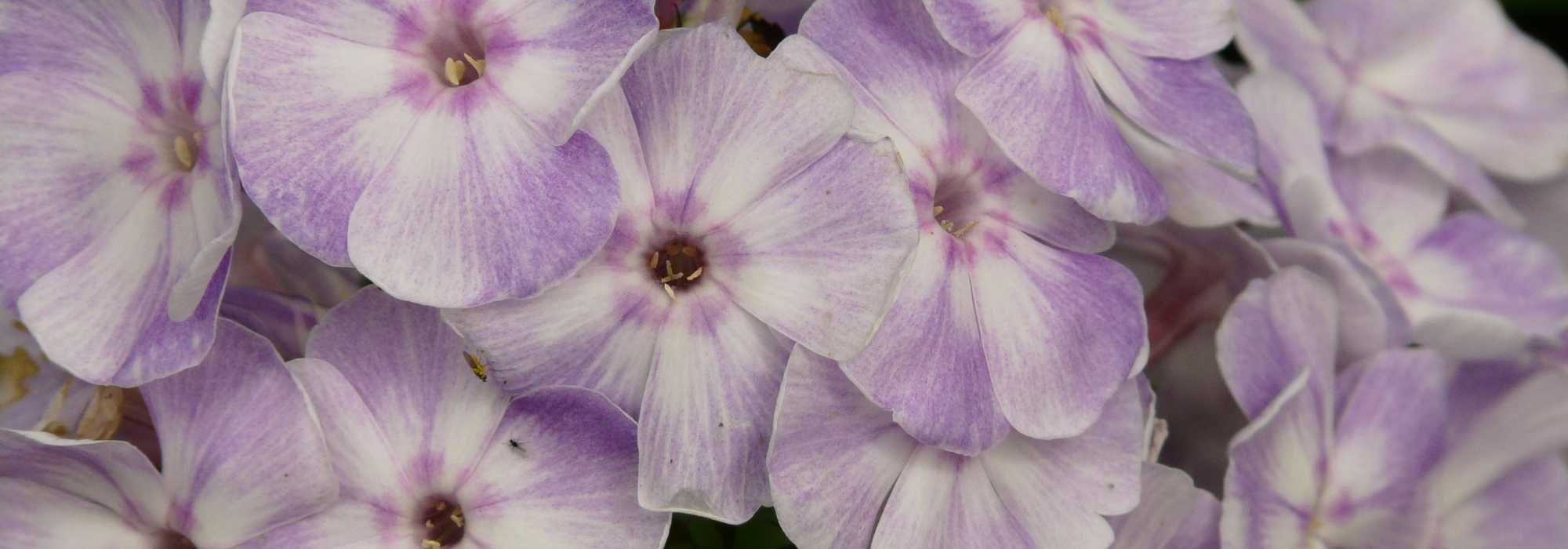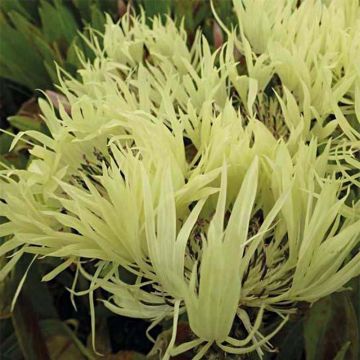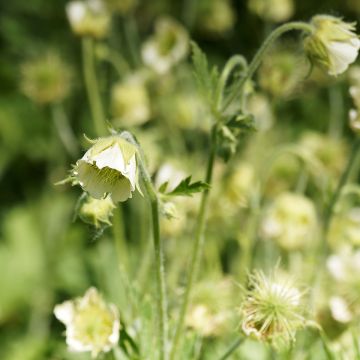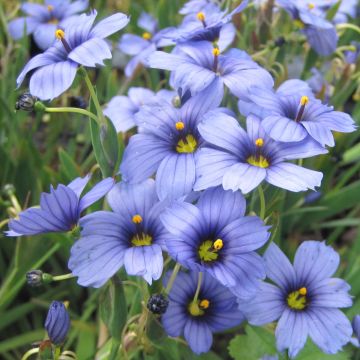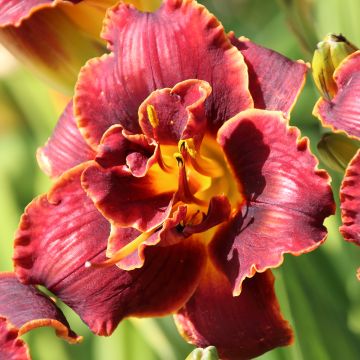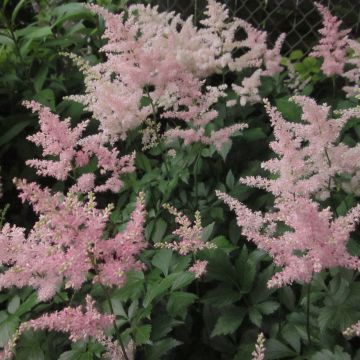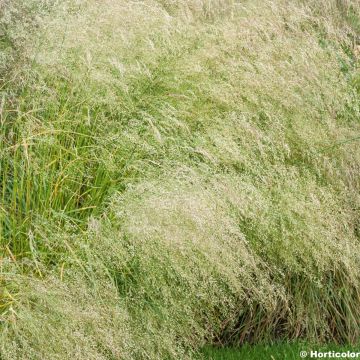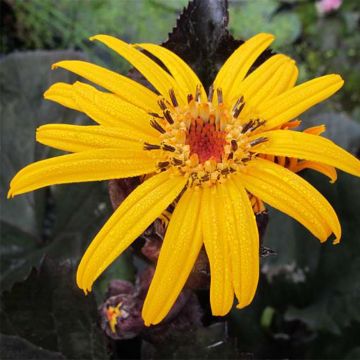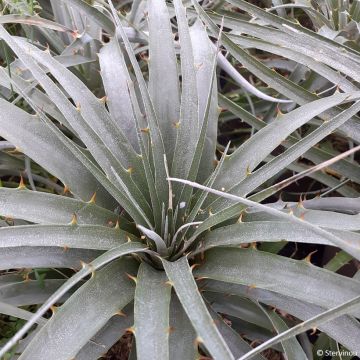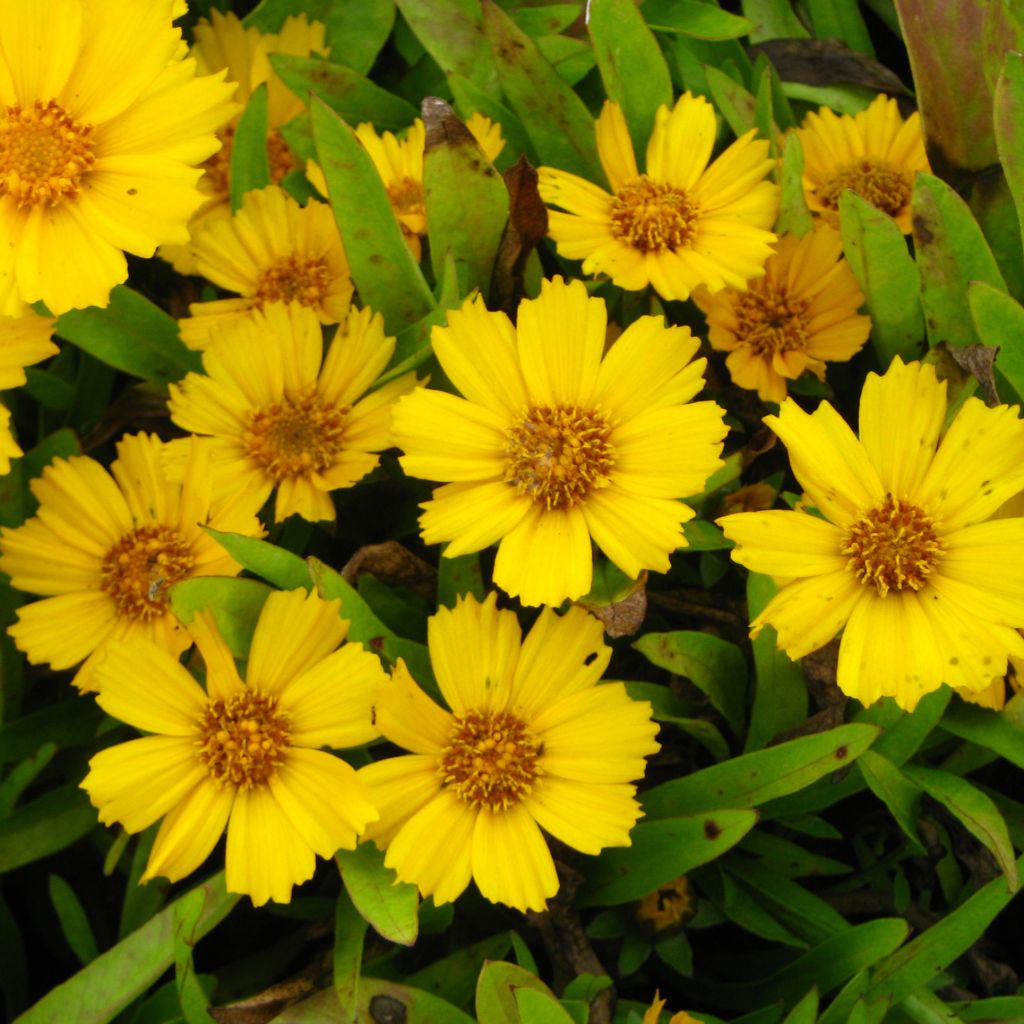

Coreopsis lanceolata Goldfink - Lanceolate-leafed Coreopsis
Coreopsis lanceolata Goldfink - Lanceolate-leafed Coreopsis
Coreopsis lanceolata Goldfink
Lanceleaf coreopsis, Lance-leaved coreopsis, Sand coreopsis
I love this very floriferous plant. The young plants are provided but there were some with faded leaves. A good cleaning was needed.
Anne-Marie, 29/08/2019
Special offer!
Receive a €20 voucher for any order over €90 (excluding delivery costs, credit notes, and plastic-free options)!
1- Add your favorite plants to your cart.
2- Once you have reached €90, confirm your order (you can even choose the delivery date!).
3- As soon as your order is shipped, you will receive an email containing your voucher code, valid for 3 months (90 days).
Your voucher is unique and can only be used once, for any order with a minimum value of €20, excluding delivery costs.
Can be combined with other current offers, non-divisible and non-refundable.
Why not try an alternative variety in stock?
View all →This plant carries a 12 months recovery warranty
More information
We guarantee the quality of our plants for a full growing cycle, and will replace at our expense any plant that fails to recover under normal climatic and planting conditions.

Would this plant suit my garden?
Set up your Plantfit profile →
Description
The Coreopsis lanceolata 'Goldtaler' is a small perennial coreopsis with lanceolate leaves, very floriferous and with a very compact habit. This plant is an excellent choice for a sunny garden. It has glossy dark green leaves with small, bright yellow flowers with an orange centre, adding warmth to your garden in the summer. The plant is easy to grow in well-drained soil and is very hardy, making it a must-have for any garden. It blooms in July and August, even in hot weather when many other flowers have wilted. This plant can also be used as ground cover or grown in a pot. It is simply generous, radiant and superb!
The Coreopsis lanceolata 'Goldtaler', also called "young girl's eye", comes from the species Coreopsis lanceolata, a bushy perennial native to the central and eastern regions of the United States, belonging to the Asteraceae family. It is a reliable plant that can be counted on to liven up borders in summer. First of all, for its compact tufted habit of 25 to 30 cm (10 to 12in) in all directions, which allows it to settle almost anywhere. This plant produces many bright yellow flowers with orange centres during July and August. The flowers keep coming and aren't affected by the heat. The plant has dark green, shiny leaves that are long and narrow and grow in a bunch at the bottom of the stem. The plant slowly spreads as it grows, using thin, non-trailing rhizomes.
Perennial coreopsis plants are sensitive to winter humidity and heavy soil. To thrive, these plants need full sun, even in hot conditions, and well-draining soil, such as gravel or sand. Coreopsis is easy to care for and requires little maintenance, making it a great addition to any garden. The Coreopsis lanceolata 'Goldfink' is a versatile small perennial plant that can be planted in a rockery, on a slope with wallflowers, damask flowers, and wild flax, or in an herbaceous border with Teucrium chamaedrys or x lucidrys, thyme, and cotton lavenders. For beautiful summer flowers, it can be combined with Calamintha glandulosa and Nepeta 'Dawn to Dusk' in the ground or a large pot, with very little water needed. Lastly, the Coreopsis lanceolata 'Goldfink' is a lovely flower that can brighten up summer bouquets, bringing some sunshine into your home.
Coreopsis lanceolata Goldfink - Lanceolate-leafed Coreopsis in pictures
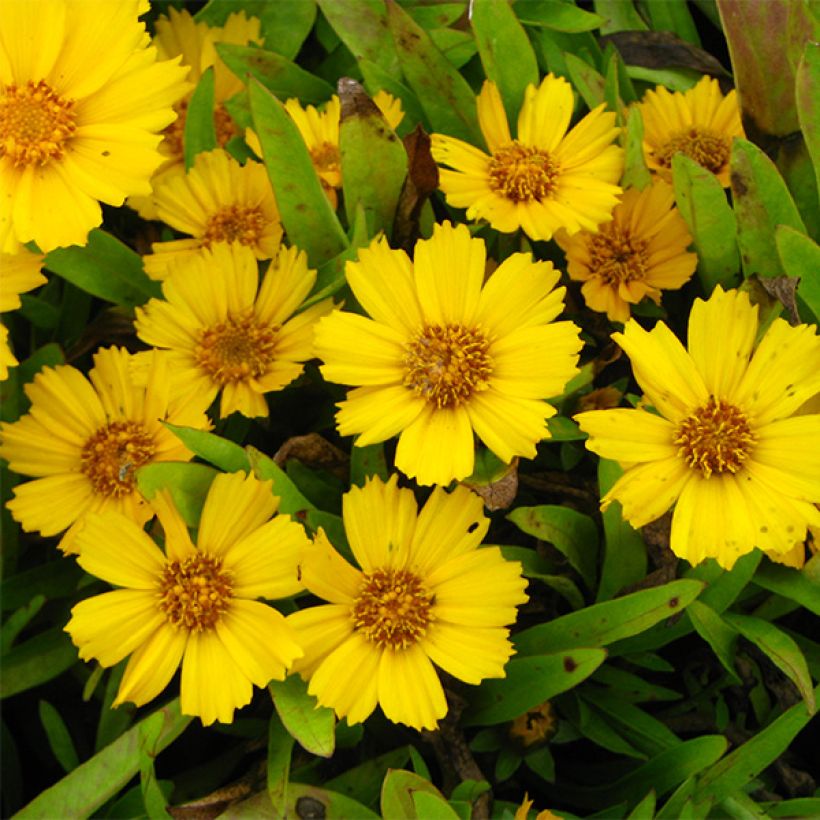

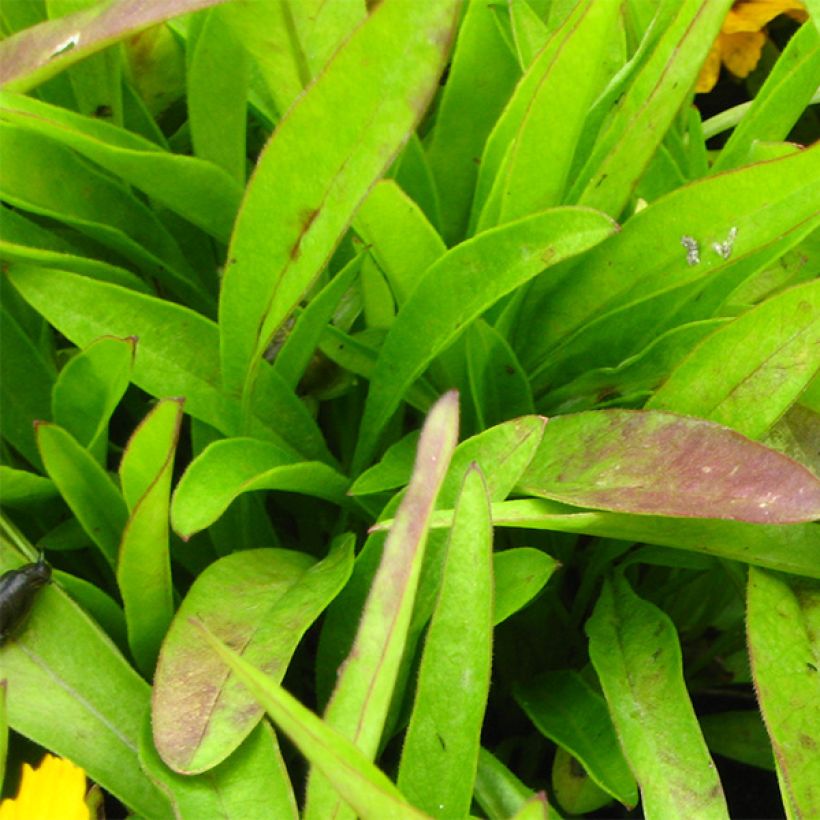

Flowering
Foliage
Plant habit
Botanical data
Coreopsis
lanceolata
Goldfink
Asteraceae
Lanceleaf coreopsis, Lance-leaved coreopsis, Sand coreopsis
Cultivar or hybrid
Other Coreopsis - Tickseed
View all →Planting and care
The Coreopsis lanceolata is a perennial plant that thrives in well-drained, sandy or rocky soil and full sun. Heavy and moist soil can cause it to behave like an annual plant, which is not ideal. To prevent premature death, divide the shrub every 3 years and trim the foliage in September to strengthen the base before winter.
Perennial coreopsis plants need full sun and a light, porous, gravelly or sandy soil that is always well-drained. Avoid heavy soils that can lead to winter humidity. The soil should be slightly acidic, neutral, or somewhat chalky, but it can be poor. If the soil is humus-rich and fresh, ensure that drainage is perfect. Under these conditions, coreopsis plants can live for a long time and bloom repeatedly. To promote reblooming, remove faded flowers, especially at the end of August. This plant is easy to maintain and can be very rewarding.
Planting period
Intended location
Care
Planting & care advice
-
, onOrder confirmed
Reply from on Promesse de fleurs
Similar products
Haven't found what you were looking for?
Hardiness is the lowest winter temperature a plant can endure without suffering serious damage or even dying. However, hardiness is affected by location (a sheltered area, such as a patio), protection (winter cover) and soil type (hardiness is improved by well-drained soil).

Photo Sharing Terms & Conditions
In order to encourage gardeners to interact and share their experiences, Promesse de fleurs offers various media enabling content to be uploaded onto its Site - in particular via the ‘Photo sharing’ module.
The User agrees to refrain from:
- Posting any content that is illegal, prejudicial, insulting, racist, inciteful to hatred, revisionist, contrary to public decency, that infringes on privacy or on the privacy rights of third parties, in particular the publicity rights of persons and goods, intellectual property rights, or the right to privacy.
- Submitting content on behalf of a third party;
- Impersonate the identity of a third party and/or publish any personal information about a third party;
In general, the User undertakes to refrain from any unethical behaviour.
All Content (in particular text, comments, files, images, photos, videos, creative works, etc.), which may be subject to property or intellectual property rights, image or other private rights, shall remain the property of the User, subject to the limited rights granted by the terms of the licence granted by Promesse de fleurs as stated below. Users are at liberty to publish or not to publish such Content on the Site, notably via the ‘Photo Sharing’ facility, and accept that this Content shall be made public and freely accessible, notably on the Internet.
Users further acknowledge, undertake to have ,and guarantee that they hold all necessary rights and permissions to publish such material on the Site, in particular with regard to the legislation in force pertaining to any privacy, property, intellectual property, image, or contractual rights, or rights of any other nature. By publishing such Content on the Site, Users acknowledge accepting full liability as publishers of the Content within the meaning of the law, and grant Promesse de fleurs, free of charge, an inclusive, worldwide licence for the said Content for the entire duration of its publication, including all reproduction, representation, up/downloading, displaying, performing, transmission, and storage rights.
Users also grant permission for their name to be linked to the Content and accept that this link may not always be made available.
By engaging in posting material, Users consent to their Content becoming automatically accessible on the Internet, in particular on other sites and/or blogs and/or web pages of the Promesse de fleurs site, including in particular social pages and the Promesse de fleurs catalogue.
Users may secure the removal of entrusted content free of charge by issuing a simple request via our contact form.
The flowering period indicated on our website applies to countries and regions located in USDA zone 8 (France, the United Kingdom, Ireland, the Netherlands, etc.)
It will vary according to where you live:
- In zones 9 to 10 (Italy, Spain, Greece, etc.), flowering will occur about 2 to 4 weeks earlier.
- In zones 6 to 7 (Germany, Poland, Slovenia, and lower mountainous regions), flowering will be delayed by 2 to 3 weeks.
- In zone 5 (Central Europe, Scandinavia), blooming will be delayed by 3 to 5 weeks.
In temperate climates, pruning of spring-flowering shrubs (forsythia, spireas, etc.) should be done just after flowering.
Pruning of summer-flowering shrubs (Indian Lilac, Perovskia, etc.) can be done in winter or spring.
In cold regions as well as with frost-sensitive plants, avoid pruning too early when severe frosts may still occur.
The planting period indicated on our website applies to countries and regions located in USDA zone 8 (France, United Kingdom, Ireland, Netherlands).
It will vary according to where you live:
- In Mediterranean zones (Marseille, Madrid, Milan, etc.), autumn and winter are the best planting periods.
- In continental zones (Strasbourg, Munich, Vienna, etc.), delay planting by 2 to 3 weeks in spring and bring it forward by 2 to 4 weeks in autumn.
- In mountainous regions (the Alps, Pyrenees, Carpathians, etc.), it is best to plant in late spring (May-June) or late summer (August-September).
The harvesting period indicated on our website applies to countries and regions in USDA zone 8 (France, England, Ireland, the Netherlands).
In colder areas (Scandinavia, Poland, Austria...) fruit and vegetable harvests are likely to be delayed by 3-4 weeks.
In warmer areas (Italy, Spain, Greece, etc.), harvesting will probably take place earlier, depending on weather conditions.
The sowing periods indicated on our website apply to countries and regions within USDA Zone 8 (France, UK, Ireland, Netherlands).
In colder areas (Scandinavia, Poland, Austria...), delay any outdoor sowing by 3-4 weeks, or sow under glass.
In warmer climes (Italy, Spain, Greece, etc.), bring outdoor sowing forward by a few weeks.






























